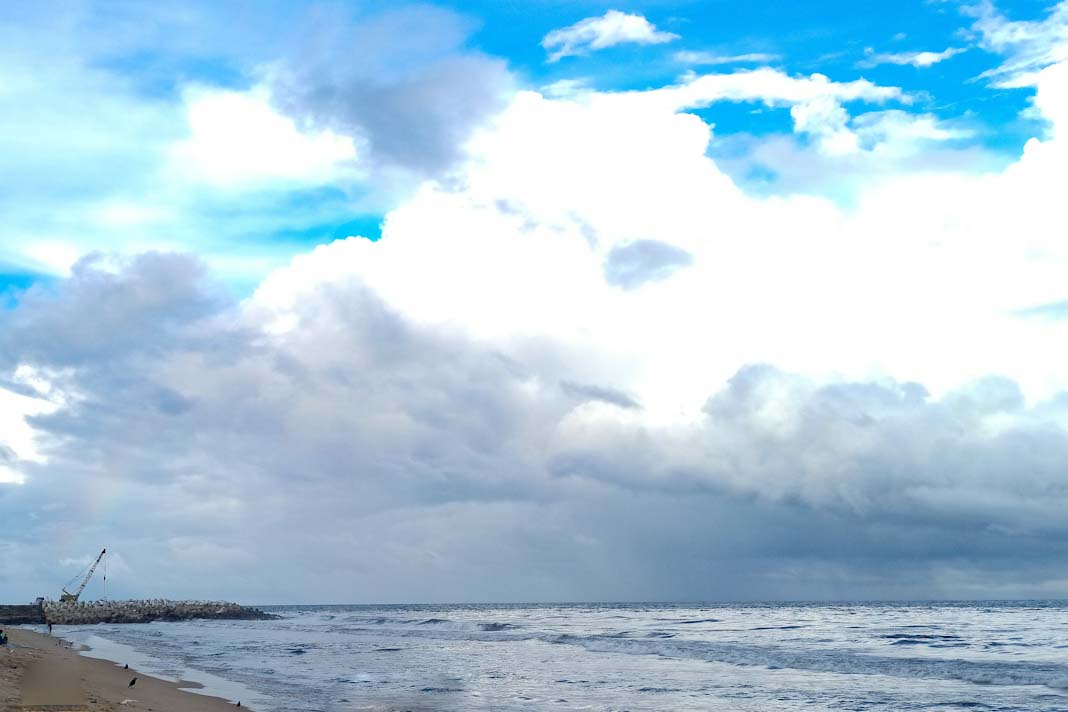
- A coalition of 82 stakeholders from clean maritime and green hydrogen sectors is pressing the EU for firmer policies to ensure climate goals are met.
- While the IMO’s April 11 agreement marks a “historic moment,” the alliance warns it falls short of meeting decarbonization targets.
- Concerns include limited GHG pricing, weak incentives for green fuel transition, and underrepresentation of green hydrogen.
- The EU is encouraged to plug regulatory gaps and unlock its industrial advantage through a three-step policy roadmap.
A coalition of 82 clean maritime and green hydrogen industry stakeholders—including the SASHA Coalition, Zero Emissions Ship Technology Association (ZESTAs), the Nature and Biodiversity Conservation Union (NABU), Carbon Market Watch, the Green Hydrogen Organisation, and ZERO – Associação Sistema Terrestre Sustentável—has urged the European Union (EU) to implement stronger climate policies in light of the recent International Maritime Organization (IMO) emissions agreement.
The IMO agreement, reached on April 11, 2025, outlines measures to reduce greenhouse gas (GHG) emissions from international shipping. The alliance welcomed the development as an “indisputably historic moment” for both the maritime sector and global climate efforts. However, they emphasized that “much more needs to be done” to realize full sector-wide decarbonization.
In a formal letter to the EU, the alliance criticized the IMO deal, stating:
“Despite the EU’s support for more ambitious options, including a universal GHG levy and stringent fuel standard, the measures ultimately agreed are not strong enough to align international shipping with either the 1.5ºC Paris temperature goal or the IMO’s targets agreed in its 2023 Strategy.”
Shortcomings in the IMO Measures
The coalition pointed out that the current pricing mechanisms do not effectively cover 90% of emissions, weakening incentives to transition from fossil fuels and limiting available funding for clean alternatives. They warned that the shipping sector risks missing its 2030 target, with projected emissions cuts amounting to just 10%, far short of the IMO’s 2023 Strategy goal of 30%.
The alliance also raised concerns over the inadequate promotion of green hydrogen and e-fuels:
“Green hydrogen and e-fuels, such as e-ammonia and e-methanol, provide the shipping industry with the only credible alternative fuel pathway to net-zero, alongside other non-fuel technologies, energy solutions and efficiency measures.”
Yet, they noted, these fuels face substantial barriers to scaling up and accessing investment. While IMO measures provide some incentives for early adopters of zero and near-zero (ZNZ) fuels, they may inadvertently favor unsustainable LNG and biofuels instead.
Policy Roadmap and Call to Action
The alliance called on the EU Commission to act swiftly, citing Europe’s potential for a global competitive edge in both the maritime and green hydrogen industries, which is currently constrained by insufficient policy support.
To unlock this potential, the alliance proposed the following policy roadmap:
- 2025 – Sustainable Transport Investment Plan (STIP): Introduce financial support mechanisms for e-fuel producers.
- 2026 – ETS Maritime Review: Expand the Emissions Trading System and allocate revenues for e-fuel development.
- 2027 – FuelEU Maritime Review: Strengthen and legally bind emission targets.
- Ongoing: Advocate for more ambitious IMO regulation aligned with the EU’s Clean Industrial Deal goals.
Although the IMO agreement received mixed responses—with some hailing it as “historic” and others calling it a “shipwreck”—there is broad consensus across the sector that further action is crucial to chart a course toward climate neutrality in global shipping.
Did you subscribe to our daily Newsletter?
It’s Free Click here to Subscribe!
Source: Offshore Energy
















